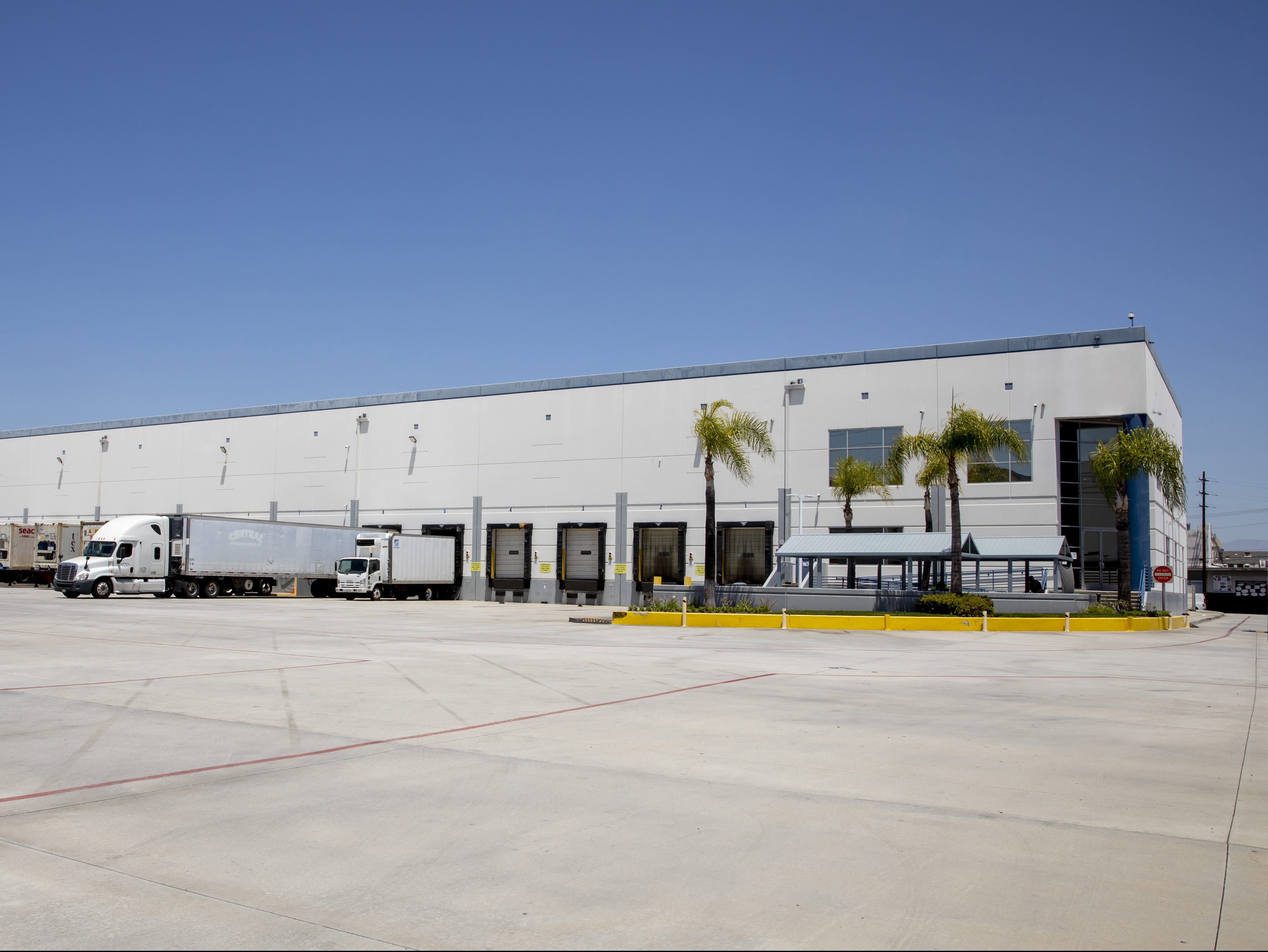An Attractive Healthcare Net-Lease Investment Property
By Toby Scrivner, Director, Stan Johnson Co.
For many investors, the healthcare asset class represents a targeted investment strategy within a growing business sector.
 By Toby Scrivner
By Toby Scrivner
Director, Stan Johnson Co.
It is no secret that among real estate investors, “healthcare” has become the buzzword. In recent years, healthcare-leased assets have continually increased in popularity. For many investors, the asset class represents a targeted investment strategy within a growing business sector. For other investors, healthcare real estate transactions represent a portfolio diversification opportunity. Regardless of the strategy, one thing is certain: Current demand for quality, credit-leased properties has exceeded the available supply.
Hospitals with healthy balance sheets are the preferred driving force behind the supply side of the healthcare real estate market but, since 2009, that driving force has been moving at a very slow pace. Hospitals and healthcare systems have been reluctant to commit to long-term leases within to-be-built facilities. A hospital’s apprehension to commit to such projects is understandable. The long-term lease requiring annual rent escalations is hard to justify in an environment where the cost of occupancy continues to increase while cost reimbursements and revenue potentially decrease annually.
While this quandary continues to delay the construction of larger facilities, hospitals and healthcare systems are seeking alternatives to extend their market share. The free-standing Emergency Departments, or FEDs, appear to be an increasingly popular option. According to a report published by the American Hospital Association, emergency-room visits from 1998-2008 increased by 30 percent, while the number of emergency departments countrywide decreased by roughly 5 percent. As a result, wait times have consistently increased and become increasingly crowded, threatening a patient’s quality of care. Hospitals throughout the country are exploring the FED as a relatively low-operational-cost facility to extend their reach, increase their presence into new markets and fulfill an important and growing need for emergency medical services. Compared to the operational cost associated with opening, staffing and operating a hospital-based emergency department, the costs to operate a FED are minimal.
For more information on the distinctions between urgent-care centers, FEDs and hospital-based emergency departments, click here.
The Investor Market
As more FEDs are built, investors will have the opportunity to purchase these facilities as net-lease investments. Hospitals will likely seek third-party developers to construct these off-campus, non-core facilities as a method to keep their available capital invested in operations or available for physician practice and competitor acquisition opportunities.
The typical FED is between 10,000 and 15,000 square feet, with a construction cost averaging between $350 and $450 per square foot, depending on the market and land cost. The high per-square-foot construction price poses the biggest challenge for an investor analysis. Accordingly, the most successful FEDs are located on high-traffic retail-out parcels — so proposed FEDs should not sacrifice business opportunities in favor of cheaper land costs. In comparison to a Walgreens, a popular net-lease investment, the cost to build is considerably higher, can have far less favorable credit supporting the lease and is extremely “special purpose” in its construction and design. With average rents starting at $38 or more per square foot, investors of FEDs have legitimate concerns regarding rental-income stream replacement, were the tenant to default. A net-lease investor will seek longer lease terms of 15 to 20 years, annual rent escalations and more favorable cash-on-cash yields as protection against these negative elements of the FED asset class.
The FED does offer some attractive advantages over a typical retail net-lease investment. FEDs typically achieve break-even performance with annual volume as low as 13,000 to 15,000 patient visits. For a facility open 24 hours a day for 365 days per year, this translates into a modest 38 patients per day. It is anticipated that FED EBITDA/rent coverage ratios could easily exceed four times collected rent which, when compared to the average retailer’s rent-coverage ratio of 1.25, increases the appeal of the FED asset class. An additional highlight is the access to attractive debt, as lenders are very interested in the relative safety offered by investments in healthcare real estate. This competition for the product among lenders is provides favorable debt terms in the market.
What to Look For
- Developers and FED tenants should look for sites near well-known retail outlets, increasing customer traffic and brand awareness within a new market.
- Proximity to a popular retail center will make the real estate investment more attractive to net lease investors.
- Proposed development projects sponsored by hospitals or healthcare systems will be viewed far more favorably in the investment market than projects sponsored by independent operators or operator/hospital joint ventures.
- Long-term lease commitments of 15 to 20 years will be required. A project this expensive requires a demonstration of commitment on the part of the tenant.
- Look for opportunities in rural communities where emergency options are limited to older, functionally obsolete facilities.
- Credit behind the lease will be heavily scrutinized and, when present, reflected in the price paid for the investment.







You must be logged in to post a comment.